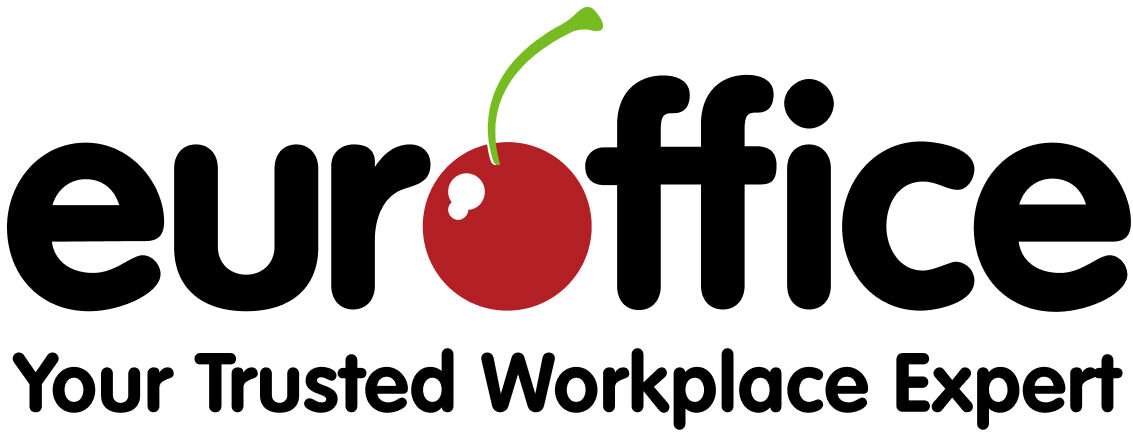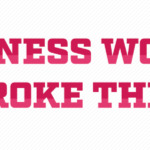It was touch and go when the House of Lords voted to stop using parchment to record laws passed in Parliament this year. The plan being that the government would use high-quality paper for the official archive. Then the Cabinet Office stepped in and said it would fork out £80,000 from its own budget to continue the practice of printing on calf and goatskin. Parchment has been given a reprieve, but the debate continues.
It’s a victory for a centuries-old custom – the Magna Carta is written on sheepskin parchment – and the traditionalists are delighted. But then there are others who want to bypass parchment and paper altogether and switch to digital. They believe it’s the best way to preserve records, create an archive and collate collective memory.
But people who want to keep physical records cite one drawback to using the digital: changes in technology could hinder the use of digital archives because applications and software become obsolete so quickly. Of course, we want our historic documents to be available for future generations, but when it comes to longevity it’s a close call between paper and parchment.
The Past
The earliest Public Act on parchment in Parliament’s archives is dated 1497, while the first law on paper dates to the early 16th century, just a few years later.
Paper is a comparative newcomer as a means of data collection – 5,000 years ago people in Mesopotamia used clay tablets to keep records. Archaeologists have unearthed the equivalent of today’s payslip – a clay tablet with etched symbols for ‘ration’ and ‘beer’ detailing how much was ‘paid’ to a worker.
The Present
Like those ancient employers, companies today record data and archive documents, but it’s now digital and in enormous volumes – according to experts, 90% of global data stored today has been created in the past two years.
The Future
And by 2020 business-generated content will stand at more than 240 exabytes a day (an exabyte is equal to 1 billion gigabytes).
Chip and digital technology offer speedy communication, safer storage and easy retrieval that is hard to match on paper. Even so, in today’s digital world the average office worker gets through 100kg of paper each year.
Quite clearly it is no longer sustainable to use paper for storing all information, both in terms of space and the impact on the earth’s resources. But as consumers, we have also helped to crowd out paper, sometimes for sheer convenience. We don’t readily print photographs anymore, make scrapbooks and albums as mementos, or write love letters in the same way as our parents or grandparents. You could say we have lost the personal touch.
And that is precisely why paper is so important. Why flipping through your old diary reminds you of what you have achieved, or the milestones in your life, totally different from scrolling through the years on your smartphone or tablet. Yes, your social media feed will automatically tell you what you were doing seven years ago, while that’s useful, it doesn’t have the same romance to it.
Seeing things presented to us on screen is also less affecting than holding them in our palms. Or why putting together an important business report, nicely bound and laid out, seems much better to hand and eye and makes much more of an impact than an emailed document, however well written.
That is why many company bosses prefer to sign contracts with a flourish of a pen, rather than a digital signature – it feels more permanent.
All three media have their strengths. Parchment and paper have endured for longer than we thought possible and the chip promises accessibility that we could never have dreamt of a couple of decades ago.
Do we really want one to replace one for the other?



